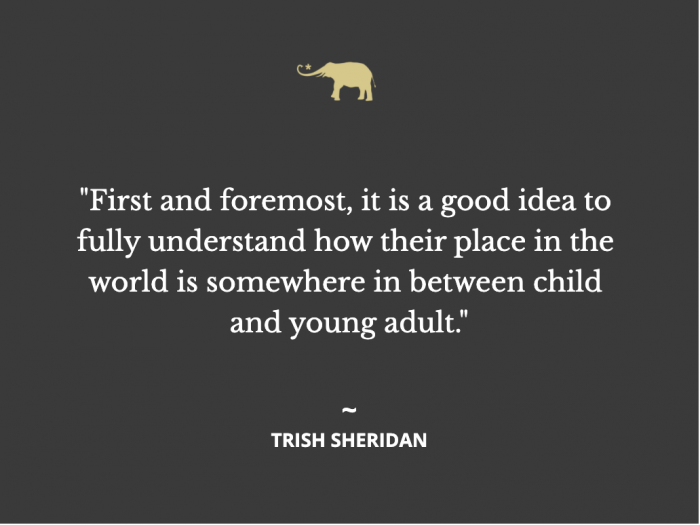I am both a parent and a middle school teacher.
I find these “necessities” helpful when working with my own 12-year-old, so it could certainly be helpful for parents, too.
At the beginning of each school year, I write a letter to my students telling them a little bit about myself, just to break the ice and let them know that I’m a real live human with a family and interests all my own outside of the classroom. It really helps to make real connections with students.
I then ask them to write a letter back to me so that I can get to know them a little bit, too. I tell them to write whatever they’re comfortable with, and that they do not have to tell me their deepest, darkest secrets. This gives me an idea about who they are as individuals, and it also gives me an opportunity to write personal feedback directly on their letter, which I feel validates them. And, as a bonus, it tells me a lot about their writing skills, so that I can better prepare for future writing lessons.
When teaching middle school students, it is best to start with a clear understanding of the middle schooler.
1. Have empathy and understanding.
First and foremost, it is a good idea to fully understand how their place in the world is somewhere in between child and young adult. And because of this “in-between” stage, many of them feel a little lost. This feeling of being lost may, in turn, spill over and mimic a person wandering through the desert without a map, only they will be doing this through the hallways of their school.
2. Be literal.
Almost in contrast to this “grasping for directions” feeling, many middle schoolers are also in a state of, what I like to call, “literal-ness.” Meaning they take what you say quite literally.
So, when communicating with them, be sure to use exact language. Instead of telling them, “Your cell phone is not allowed on your person at all throughout the school day,” tell them that, “All cell phones must remain in your backpacks, locked in your locker, throughout the entire school day.” Because if you tell them that cell phones cannot be anywhere on their person, some will translate that to mean that it is okay to keep their cell phone in the pocket of their binder. It’s not on their person, after all.
3. Honor their sense of self.
I strive to only use positive statements when communicating to my students about school/classroom policies and rules, as well as student behavior. The story about the cell phone being put in the student’s binder really did happen. So it’s a nice reminder for me to only use words saying what I’d like students to do, not what I do not want them to do. I find it’s more direct and cuts down on any confusion for the students. Communicating exactly what you mean with middle schoolers is essential, as is developing a special rapport with them. This rapport is a delicate balance between mother and friendly aunt and may take some time to evolve.
Most middle schoolers want to be seen for the individuals that they are, so special attention needs to be placed on individual interactions with each one of them, just like a mother would with each of her children. These individual exchanges could be done anywhere, at any time, through written feedback, private, or verbal comments. These small gestures and reinforcements are important because once they know you see them as individuals, and not just part of a class of 25, they begin to feel their sense of self. It may also help to begin the year telling all middle schoolers that, although they are all unique, they also are more alike than different from each other.
4. Be intentional and calm.
Placid firmness, follow-through, and organized preparedness are also important aspects needed to communicate with middle schoolers. When remaining calm and following through with a consequence, for instance, the time it takes to deliberate an issue is reduced greatly. Being organized and prepared also helps to keep things going smoothly, especially when something unexpected happens that may throw things off course. This could be anything from a student coming into school late, an announcement over the loudspeaker, or a disagreement between two students in the classroom. As long as there are clear instructions in place for students, a more involved interruption like with two students disagreeing, or worse, could be handled with greater ease.
I feel that this short declaration helps to bind us together, lessens the amount of “put-downs,” and gives them a sense of belonging from the start as a family.
Specifically, each one of us—no matter who we are and how we may be different—all want to feel loved, feel appreciated, and feel like we belong.
~












Read 10 comments and reply